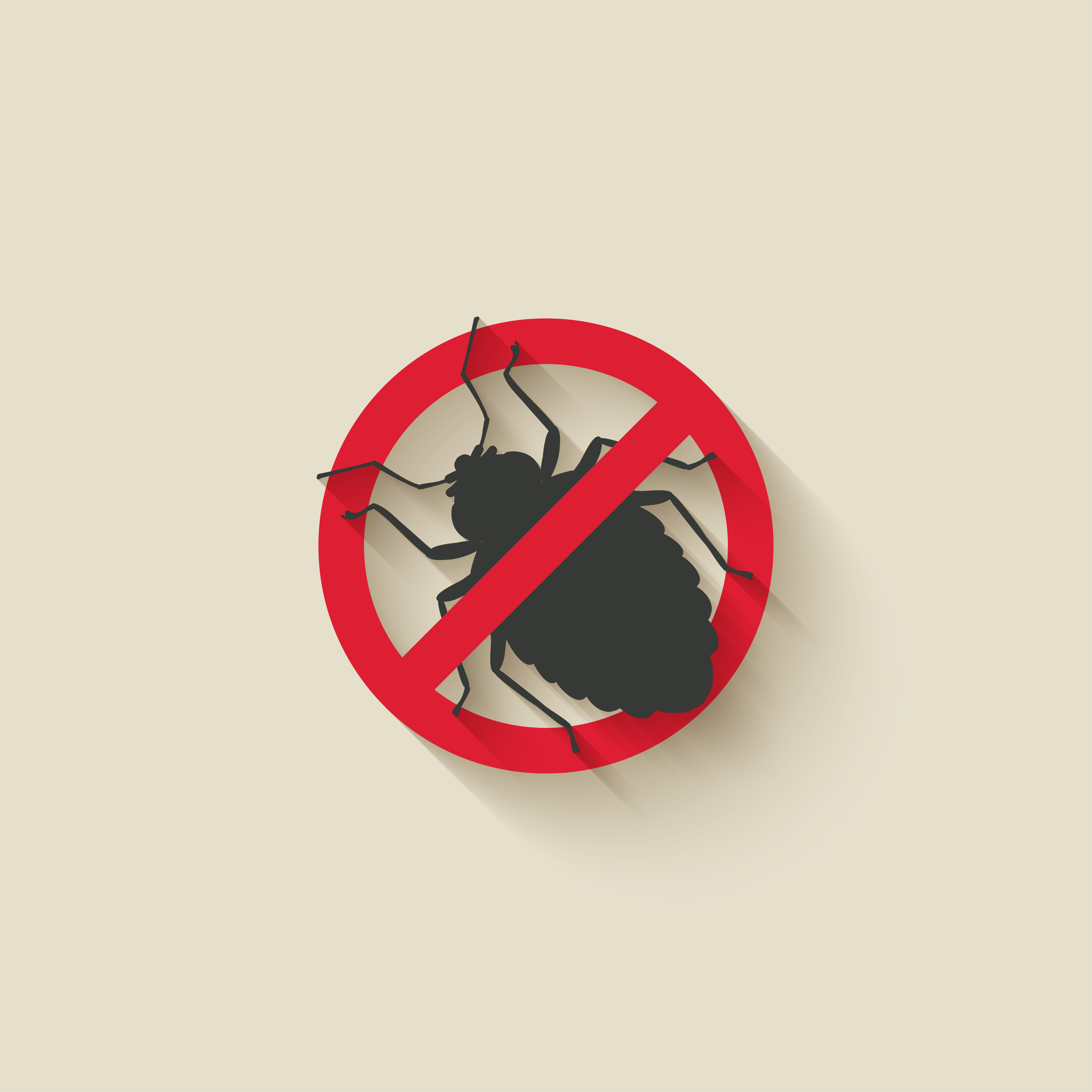The Fight Against Bed Bugs Continues

The housing industry has another reason to step up efforts on the war against bed bugs.
New information suggests that bed bugs are capable of transmitting Trypanosoma cruzi, the parasite that causes Chagas disease. Trypanosoma cruzi – or T. cruzi – parasites nest undetected in humans and cause organs to fail over time. Chagas disease has largely been reported in Latin America from transmission of the parasite, largely in poverty-stricken areas, through 130 species of blood-feeding insect vectors.
Now, add tiny bed bugs to the list. And more cause for vigilance against a pest that has made headlines in recent years and stirred debates – and concern – among landlords.
Last year, a team of researchers from Penn Medicine’s Center for Clinical Epidemiology and Biostatistics conducted a series of experiments in controlled laboratory settings and noted the bi-directional transmission of T. cruzi between mice and bed bugs. Infected mice transmitted the parasite to uninfected bed bugs, and vice versa. In one experiment, 75 percent of uninfected mice acquired T. cruzi after cohabitating with infected bed bugs. Transmission to mice occurred either through bites or from contact by bed bugs with inflamed or scraped skin.
Bed bugs join kissing bugs as carriers of T. cruzi
Until now, kissing bugs were known as the one of the most recognizable insects that carry the parasite. Kissing bugs – which get their names for biting humans on the lips and face – are mostly found in the southern United States, Mexico, Central America and South America.
Although Chagas disease has been mostly prevalent in Latin America, it’s fast becoming known in the U.S. In 2012, the Centers for Disease Control (CDC) listed Chagas as an emerging infectious disease. CDC estimates that there are approximately 300,000 human cases of the disease in the U.S., with Arizona and California getting particular attention. There, 40 percent of kissing bugs collected in had fed on human blood, according to the CDC.
Because bed bugs are more transient than kissing bugs, prevention methods for landlords are typically in the hands of residents. Bed bugs depend on help from humans who move from one locale to the next. They often hitch a ride via clothing, luggage and other transported items.
Treating bed bug infestations can be inconvenient, costly
For the vacation rental industry, a guest arriving with bed bugs can mean big problems. For third-party managers and home owners, a resident who returns from a vacation could bring back unwanted house guests that can be costly to evict.
Bed bug infestations largely go unnoticed and take a keen eye to detect. In addition to infesting beds, the bugs can build communities inside walls and appliances.
Traditional chemical treatments have proven ineffective, requiring much more intense and expensive methods for eradication. One proven technique is applying extreme heat to the infested room or dwelling. The area is heated to 135 degrees by portable high-energy heaters, literally melting away the bed bugs. When the heat reaches 122 degrees, the bed bugs die within seconds.
While furnishings in the dwelling generally don’t have to be removed, the treatment is inconvenient to residents and, for vacation rental housing operators, takes the unit out for a day or two.
Preventing the spread of bed bugs at your property
The National Pest Management Association (NPMA) says that raising awareness not only of bed bugs’ ability to transmit T. cruzi but also how to prevent against their spread is one of the best defenses to avoiding an infestation.
“It is important for people to understand the biology and habitats of bed bugs and to be vigilant to help protect against the spread of bed bugs by routinely inspecting and monitoring for this pest and contacting a pest management professional where bed bugs are suspected or confirmed,” NPMA says on its website.
With the spring travel season around the corner, landlords may want to get a head start on resident education and awareness to minimize bed bug infestations.
NPMA recommends five tips for residents to follow to help keep bed bugs under control:
- When traveling, pull back the sheets and inspect the mattress seams of the beds in rooms in which you'll be staying. Pay particular attention to the corners for telltale stains or spots. If you see anything suspect, notify management and change rooms/establishments immediately.
- Thoroughly inspect the entire room before unpacking, including behind the headboard and in sofas/chairs. If any pests are spotted, change to a non-adjacent room immediately.
- Consider placing your suitcase in a plastic trash bag or protective cover during the duration of your trip to ensure that bed bugs cannot take up residence there prior to departure.
- After your trip, inspect your suitcases before bringing them into the house. Vacuum your suitcase thoroughly before storing away. Consider using a garment hand steamer to steam your luggage, which can kill any bed bugs or eggs that may have hitched a ride home.
- Dry all fabric items (washed or unwashed) in a hot dryer for at least 30 minutes to ensure that any bed bugs that may have made it that far are not placed into your drawers/closet.







